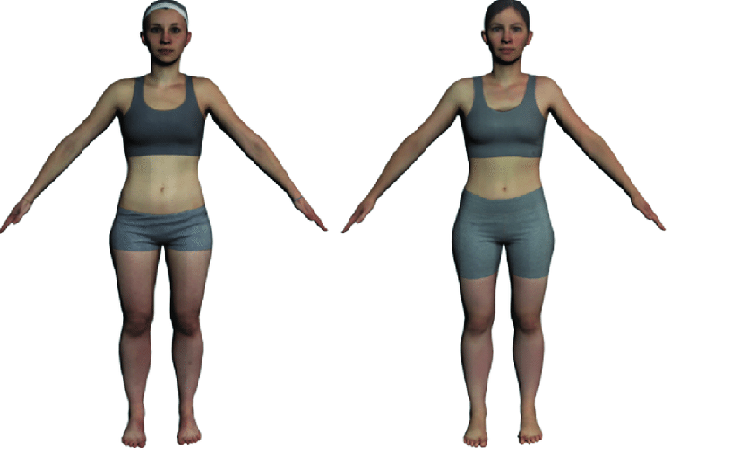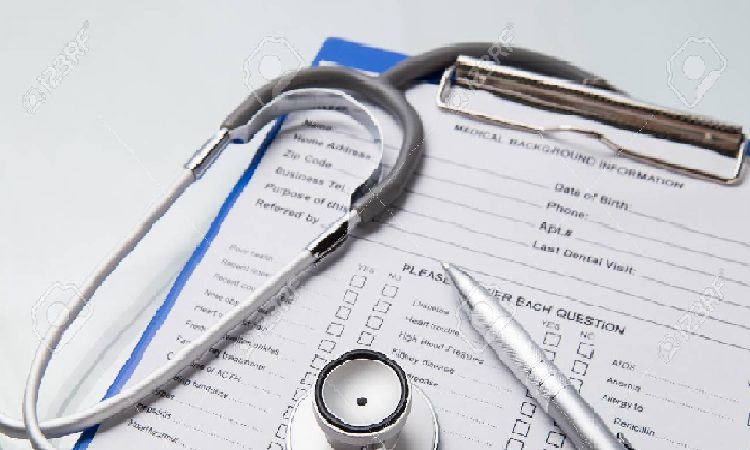How does your self-check for appendicitis
When the appendix becomes inflamed, appendicitis develops. Early symptoms can differ depending on age groups and can be mistaken for those of other disorders.
Symptoms can be annoying, distressing, and potentially life-threatening if left untreated, so it’s important to recognize them.
Early symptoms include pain near the navel that may travel to the lower right side of the abdomen. If gas treatment does not resolve the problem, immediate medical attention is needed.
Most people with appendicitis go straight to the emergency department. While prompt treatment is frequently effective, untreated appendicitis can result in catastrophic complications.
Symptoms
The appendix is about 4 inches long and is located in the lower right of the abdomen. It is a piece of tissue shaped like a tube with one end closed. It is attached to the cecum, which is the pocket-like part of the intestine or large intestine.
The first sign of appendicitis is typically sudden, intense abdominal pain.
The pain often starts near the navel, and as it worsens, it will likely move to the lower right side of the abdomen.
Over the next few hours, the sensation may become more intense and worsen with movement, deep breathing, coughing, or sneezing.
Other classic symptoms of appendicitis include:
- nausea
- vomiting
- loss of appetite
- Constipation and diarrhea
- Failure to pass gas.
- Low fever and chills.
- The temperature is between 99 degrees and 102 degrees Fahrenheit.
- stomach swelling
- Want to have a bowel movement to reduce discomfort.
However, these symptoms are seen only in 50 percent.
Some patients may have little or no symptoms, such as abdominal pain. Some people could experience symptoms that are less typical.
Symptoms in infants and children
Babies and children may not have pain in a specific area. There may be tenderness all over the body or no pain at all.
Babies and toddlers may have less frequent or infrequent bowel movements. If diarrhea occurs, it may be a symptom of another disease.
Although babies and children may not experience the same pain as older patients, research shows that abdominal pain is still the most common symptom of appendicitis in this age group.
Symptoms in adults and during pregnancy
Older adults and pregnant women may experience different symptoms. Abdominal pain may be less severe and less specific. Possible symptoms include nausea, vomiting, and fever.
The pain may move to the upper right quadrant during pregnancy after the first trimester. There may also be some back or neck pain.
If abdominal pain occurs, it may be due to another condition.
Other conditions have similar symptoms.
Abdominal pain can be a symptom of other conditions similar to appendicitis.
Examples include:
- stomach lesions
- Constipation
- Inflammatory bowel disease (IBD), including Crohn’s disease and ulcerative colitis
- Inflammation, parasites, or growths that get stuck inside the appendix.
How is appendicitis diagnosed—and sometimes misdiagnosed?
To diagnose appendicitis, your doctor will start with your medical history and look at your abdominal pain, your other symptoms, your medical conditions, and your alcohol and drug use (both legal and illegal) and ask detailed questions. to do
Your doctor will then perform a physical exam and look for signs of an inflamed appendix (2), including:
- Rebound tenderness
- Rowing sign, where you feel pain in the right side of your lower abdomen when you squeeze and release it in the lower left side of your abdomen.
- Psoas sign, in which flexion of the psoas muscle near the appendix causes abdominal pain.
- Birthmarks, where the patient feels pain during flexion and internal hip rotation.
- Maintenance involves involuntarily tightening your abdominal muscles before your doctor touches your belly.
- A rectal examination is also necessary, which can be painful with appendicitis.
But these symptoms do not mean that you have appendicitis, which can also happen with other conditions. Your doctor will likely order several laboratory tests to suggest a diagnosis of appendicitis. This may include blood tests to look for signs of infection, urine tests for urinary tract infections and kidney stones, and a pregnancy test if you are a woman.
In addition, your doctor may perform imaging tests, including abdominal ultrasound and magnetic resonance imaging (MRI). These tests can detect inflammation and rupture of the appendix, appendicitis that can lead to appendicitis, and other sources of abdominal pain. Computed tomography (CT) scans are commonly used to diagnose appendicitis, but radiation from a CT scan can harm a developing fetus, so CT scans are generally avoided in pregnant women.
Because the symptoms of appendicitis are similar to many other conditions, it is sometimes misdiagnosed. A 2011 study published in the American Journal of Surgery found that about 12 percent of appendectomies performed in the United States from 1998 to 2007 occurred in people who did not have appendicitis, but some had other conditions.
How do you differentiate between appendicitis and gas?
Severe abdominal pain is often caused by gas buildup, but it can also be a sign of an appendix problem.
Knowing how to distinguish between the two is important because appendicitis can be a life-threatening medical emergency.
If the appendix becomes blocked, it can cause inflammation and infection, and this is known as appendicitis. Treatment often involves surgical removal of the appendix.
Gas pains are temporary and usually do not require treatment.
Gas pain can be caused by passing air while eating or drinking. Gas in your digestive system can also be caused by bacteria in your stomach that break down food and release gas in the process. Passing gas more often can help ease the pain.
What are the treatment options for appendicitis?
Treatment for appendicitis usually involves an appendectomy, the surgical removal of the appendix, and this procedure can often be done as an outpatient procedure.
There are two types of accessories. Antibiotics are often prescribed in both types of surgery to treat residual infections.
Open surgery
In open surgery, an incision is made in the lower abdomen. This is especially helpful if the appendix has ruptured and the area around the appendix needs treatment for an infection.
Laparoscopic surgery
Laparoscopic surgery involves a few small incisions. A tube called a cannula is inserted into an object. This tube fills the stomach with gas, which expands the stomach and helps the surgeon see the appendix better.
Another thin, flexible instrument, a laparoscope, is inserted through this incision. It has a small camera that displays images on a nearby screen. The camera helps the surgeon to remove the appendix. They will use devices inserted through other small objects. Laparoscopic surgery has fewer risks and a shorter recovery time than open surgery.







